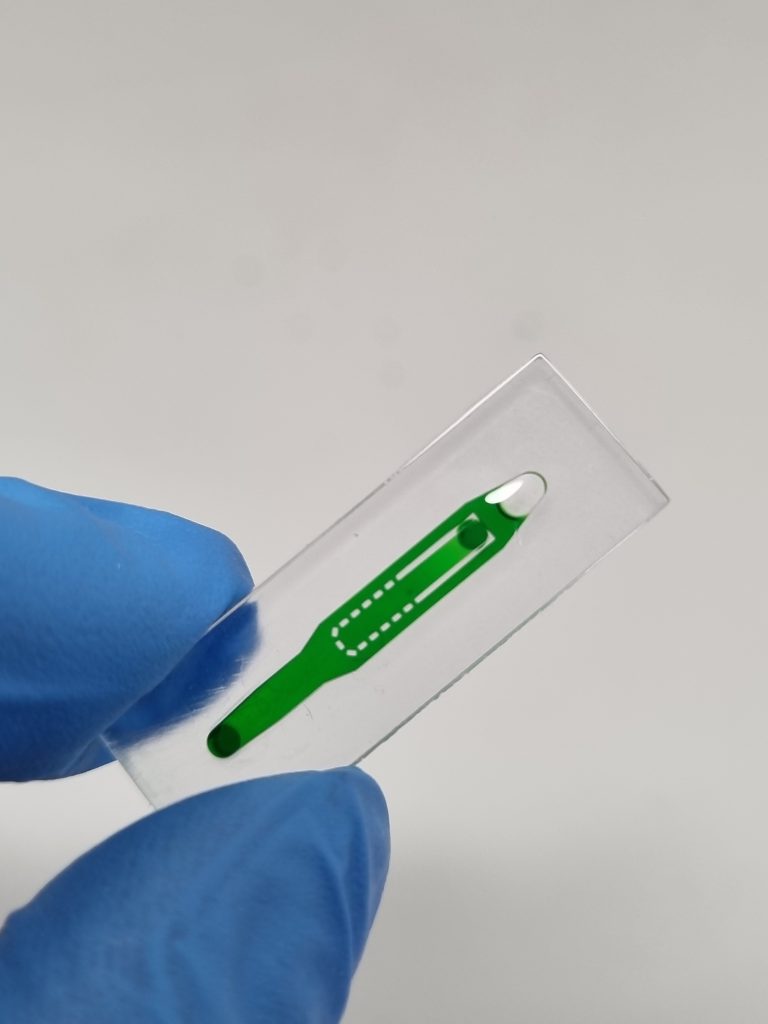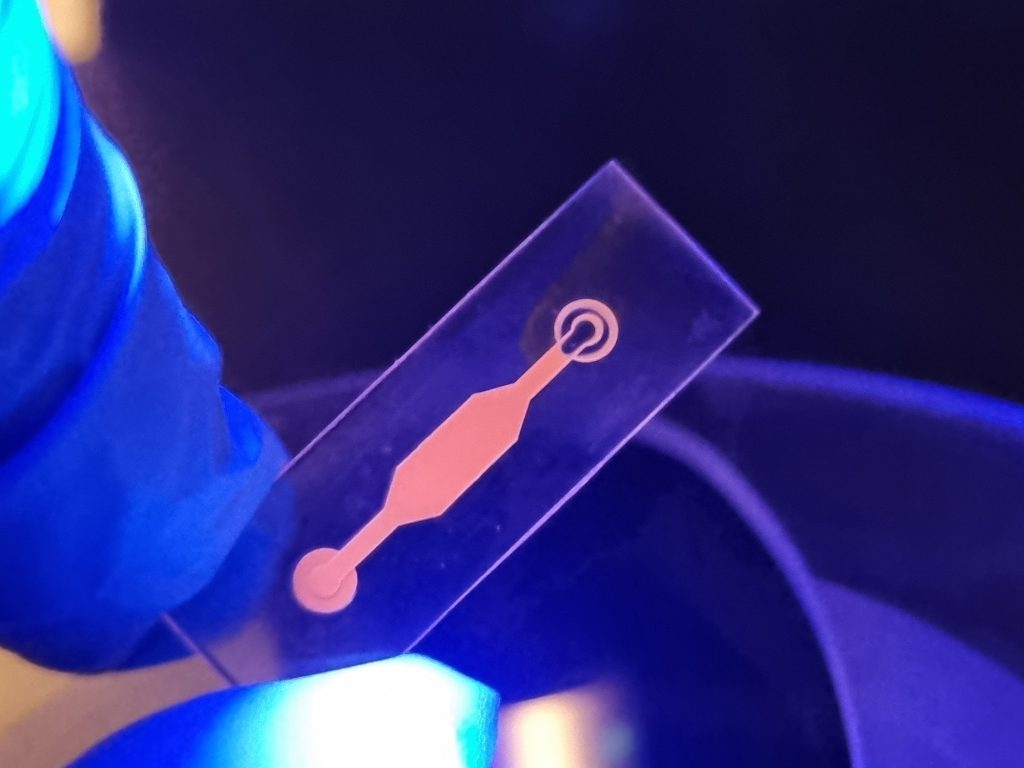Researchers from Queensland University of Technology have conducted a case study to evaluate the use of 3D printing resins for the production of microfluidic components for cell-based applications.
During this study, the researchers used MOIIN High Temp and MOIIN Tech Clear resins from DMG Digital Enterprises in conjunction with ASIGA UV Max X27 DLP 3D printers. This technology was leveraged to 3D print three common microfluidic designs: 2D monolayer culture devices, pillar arrays, and constricting channels for droplet generators.
To determine whether these MOIIN 3D printing materials are compatible with cell based research, three key criteria were evaluated, including: complex unibody 3D printing of microarchitecture for cell trapping and flow manipulation; compatible to imaging platform; and compatible with imaging platforms such as microscopes.
Ultimately the study, which was led by Louis Ong and Yi-Chin Toh, concluded that “with MOIIN High Temp and MOIIN Tech Clear, the 3D printing of microfluidic channels for cell-based applications are feasible. Both resins are observed to be biocompatible and highly amendable for microscopy imaging.”
“This observation potentially opens many opportunities for rapid prototyping of new generations of microfluidic channels for biomedical applications.”
The full case report can be accessed here.

3D printing microfluidic devices
Microfluidics deals with the moving, controlling and analyzing of liquids in the micro range on a linear scale of less than one millimeter.
Traditionally, most microfluidic device design and prototyping is reliant on PDMS soft lithography, a method which involves molding and embossing an elastomer onto a mold to produce microstructures. Due to the molding nature of soft lithography, most designs of the microfluidic channels are limited to a single plane. Multiplanar channels require manual assembly by technicians, which is time consuming and often results in a low prototyping turnover rates.
3D printing allows for the production of fluidic channels without the need for extra assembly steps, accelerating the prototyping turnover rate of microfluidic devices. What’s more, the use of plastic materials enables easier research translation into large scale manufacturing processes.
The 3D printing and testing process
AutoCAD 3D design software from Autodesk was used to design the microfluidic devices, which were fabricated at a 50 μm z-resolution. Once 3D printed, the parts were immersed in an isopropyl-alcohol (IPA) bath and sonicated at 480 seconds. A syringe was used to gently flush out any resin trapped within the microchannels.
Next, the parts were subjected to a separate IPA bath for 3 cycles of sonication at 480 seconds per cycle. The devices were then transferred to a clean IPA tank for 2 hours to remove any residual resin. Finally, the clean devices were blown dry and subjected to 20 minutes of heat cure at 60℃, before being placed in a UV cleaning chamber for three hours.
Both MOIIN High Temp and MOIIN Tech Clear resins were found to support the fabrication of common microfluidic device channel geometries for cell-based experiments. Indeed, both of MOIIN’s resins successfully produced highly accurate micro-architecture with the smallest dimension of 300 μm width at 1:3 aspect ratios.
Given that microscopy remains the go-to platform for tissue engineers and biologists conducting experiments on microfluidic devices, the compatibility of MOIIN’s resin in microscopy was assessed. Here, the research team focused on MOIIN Tech Clear, which has been specially developed for 3D printing transparent objects. Ultimately, using this resin, the researchers were able to achieve high-resolution imaging of microchannels microarchitecture, and high-resolution particle flow down to 10X.
Additionally, the biocompatibility of both MOIIN resins with tissue monolayer cultures was investigated. Here, the researchers 3D printed 2D culture channels, into which liver HepG2 cell lines were seeded. After five days, the researchers observed limited cell death for both resins. As such, it was deduced that both MOIIN High Temp and MOIIN Tech Clear resins are biocompatible and can support cell-based applications within 3D printed devices.

Microfluidics and 3D printing
This is not the first time additive manufacturing has been leveraged for microfluidic applications. Last year it was announced that researchers from the Stevens Institute of Technology in New Jersey were using computational modelling techniques to advance microfluidics-based 3D bioprinting. It is hoped that these techniques can one day be used to enable the production of 3D printed human organs.
Phase Inc, a North Carolina-based medical 3D printing startup, announced last year that it has also sought to advance microfluidics 3D printing through a partnership with Virginia Tech. Through this collaboration, Phase’s LE3D technology is being leveraged to develop novel microfluidic devices to help researchers formulate new medical treatments for conditions such as brain cancer. The work is also said to help streamline drug discovery and health diagnostics.
Subscribe to the 3D Printing Industry newsletter to keep up to date with the latest 3D printing news. You can also follow us on Twitter, like our Facebook page, and subscribe to the 3D Printing Industry Youtube channel to access more exclusive content.
Are you interested in working in the additive manufacturing industry? Visit 3D Printing Jobs to view a selection of available roles and kickstart your career.
Featured image shows a 2D chamber produced using MOIIN resin viewed under fluorescent light. Photo via Queensland University of Technology.


